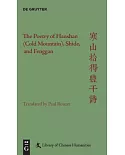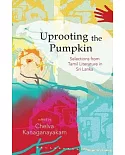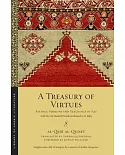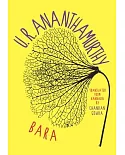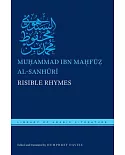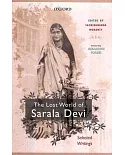This unique book presents a broad multi-disciplinary examination of early temple architecture in Asia, written by two experts in digital reconstruction and the history and theory of Asian
architecture. The authors examine the archetypes of Early Brahmanic, Hindu and Buddhist temple architecture from their origins in north western India to their subsequent spread and adaptation
eastwards into Southeast Asia. While the epic monuments of Asia are well known, much less is known about the connections between their building traditions, especially the common themes and
mutual influences in the early architecture of Java, Cambodia and Champa. While others have made significant historiographic connections between these temple building traditions, this book
unravels, for the first time, the specifically compositional and architectural linkages along the trading routes of South and Southeast Asia. Through digital reconstruction and recovery of
three dimensional temple forms, the authors have developed a digital dataset of early Indian antecedents, tested new technologies for the acquisition of built heritage and developed new methods
for comparative analysis of built form geometry. Overall the book presents a novel approach to the study of heritage and representation within the framework of emerging digital techniques and
methods.


